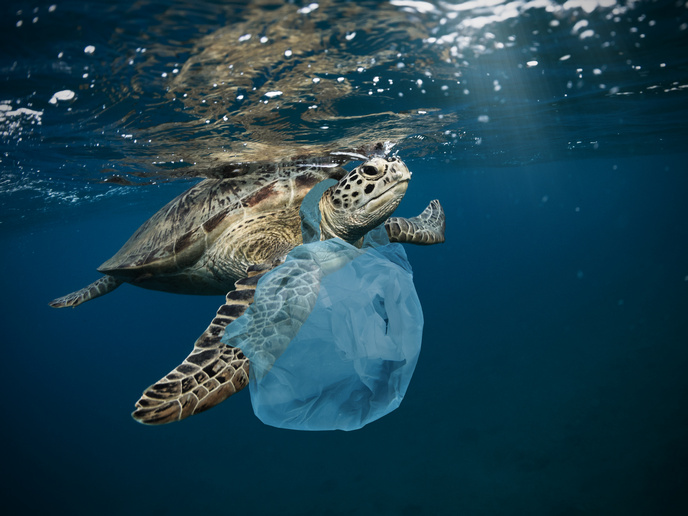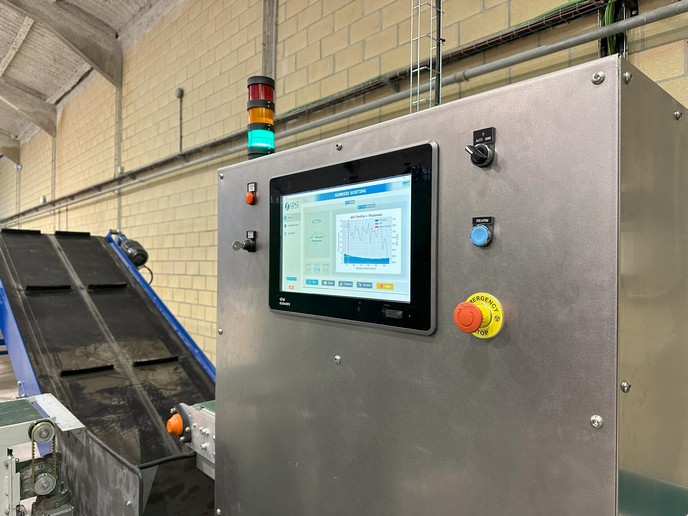Massive clean-up technologies in marine ecosystems
Plastic is persistent and toxic, hence its unprecedented threat to ecosystems. Plastic and chemical leakage arises at various points in the life cycle and resulting pollutants are carried round the globe through air and ocean streams. Marine life can also become entangled in plastic and their digestive tracts blocked, preventing feeding and causing changes in behaviour. In addition, invasive alien species like crabs, molluscs and even fish and can cross the ocean by hitching a ride on or in plastic waste. A recent study found that 170 trillion plastic particles are afloat in the world’s oceans. A total of 17 partners in the project (https://www.innoplastic.eu/) In-No-Plastic have adopted a totally holistic approach to this problem. “Our strategies target not only macroplastics but also microplastics and nanoplastics in different aquatic ecosystems,” says project coordinator Ben Alcock. Moreover, he continues, “our processes remove macroplastics as well as micro- and nanoplastics.” Removal of plastic waste reduces pollution, helps protection and preservation of marine habitats, safeguards vulnerable species and promotes biodiversity. The aim, therefore, is to remove plastic waste to prevent it from accumulating in pollution ‘hotspots’ and avoid negative impacts on ecosystem function and ecological processes. To prevent the accidental removal of marine organisms during clean-up initiatives, In-No-Plastic uses environmentally responsible techniques and practices. Implementing proper waste management strategies, such as using selective and non-destructive manned and unmanned collection methods, can help minimise harm to marine organisms.
Social strategy
There are incentives for local populations via a crowdsourcing smartphone app that include financial compensation. Perhaps the greatest incentive comes with the social awareness fostered by workshops and virtual reality-based demonstrations of the benefits to local economies when marine litter is removed from our coastal areas. Businesses, local communities and tourists alike thrive on cleaner, more varied ecosystems. Engagement of local communities was achieved through social media with voluntary clean-up activities and the testing of marine litter recycling with tangible outputs such as trash bins, trash bags, etc.. Worthy of note is that the Dutch Royals participated in a project workshop on the Caribbean island of Sint Maarten for the In-No-Plastic science fair ‘Nature Under Threat’, one of the in-field activities organised by partners.
Technical approaches
It’s well known that plastics attack the ecosystem at the macro level where they can be ingested or entangled by debris. However, under the influence of solar UV and physical factors such as wind and waves, plastics can break down into microplastics less than 5 mm and nanoparticles less than 100 nm. “Depending on the aquatic environment and the type and size of the plastic litter, different technologies are applicable,” Alcock informs us. “Technical strategies include agglomeration systems to collect nano- and micro-particles, environmentally friendly chemistries to help micro-particles stick together, and filtration systems to remove macro- and microplastics from water.” Additionally, the use of autonomous collection robots for removing plastic litter from beaches and shores has shown great promise. These robots can operate independently, using their vision systems to identify plastic debris and their robotic arms to collect and transport the litter for recycling. Hand picking of litter is also encouraged through social rewards and the use of data-driven monitoring systems.
The importance of monitoring
In-No-Plastic has incorporated a monitoring system to gather data on its activities every 6 months for 2 years. Project protocol includes monitoring the area, the biological activity and its natural assets before taking action. The effectiveness of the new technologies and clean-up activities can therefore be monitored along with the effects on the marine ecosystem. Important also, a range of biodiversity and ecosystems have been studied in pan-global, iconic testing sites, including Venice, Italy, the Croatian island of Krk, the Caribbean island of Sint Maarten in the Dutch Antilles, and the River Thames in London, United Kingdom. Already, two popular misconceptions about marine pollution – that tourism is mainly responsible and that macroplastics are the primary problem – have been overturned. “Monitoring also provides a measure of the level of public awareness from citizen science experience,” adds Alcock, “and reveals the shocking impact litter has on our shores!” “As for sustainability, an important factor in maintaining biodiversity, the project aims to allocate private-public funds to continue its activities, ensuring that community engagement is sustained even after the termination of In-No-Plastic,” Alcock concludes.
Keywords
In-No-Plastic, marine, recycling, plastic litter, biodiversity, social strategy, technical strategies, community engagement







